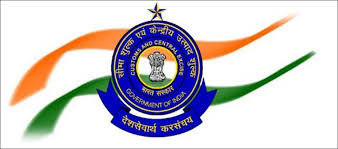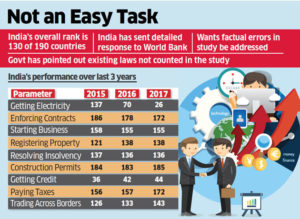
The government on Friday said only Rs 12,000 crore of the Rs 65,000 crore of input tax credit claimed by assessees for the pre-GST stocks were valid.
The governments, both the Centre and states, had got Rs 95,000 crore of revenues from the goods and services tax (GST) for July, the first month of the indirect taxation system. But after claims of Rs 65,000 crore were made for refunds of taxes paid on stocks lying with businesses as of June 30, the government was startled, as that would have meant just Rs 30,000 crore of revenues from GST, which would be shared between the Centre and the states. The finance ministry said Rs 95,000 crore was the amount actually paid in cash, other than availing credit.
The Press Trust of India reported the government has estimated valid transitional credit claims of taxpayers in July were just Rs 12,000 crore and not Rs 65,000 crore, as previously claimed. This would give the government a short in the arm in its efforts to mop-up additional resources to perk up a subdued economy.

The GST regime allows tax credit on stock purchased during the previous tax regime. This facility is available only up to six months from the date of the GST roll-out. Even these claims could be adjusted in future months, a statement by the finance ministry suggested.
An expert explained that some of the credit available in earlier taxes would be blocked in the new regime. For instance, he said, the credit for taxes paid on purchasing vehicles were not available for businesses under the new tax unless it was a dealership or business of carrying passengers. Also, credits claimed might be under litigation and, therefore, it might not be available to the assessee to carry forward or for utilisation.
Earlier in the day, the finance ministry had issued a statement to allay concerns about high transitional credit claims, saying the Centre’s revenue kitty would not go down because of these claims. It said claims worth Rs 65,000 crore does not mean that businesses would have used all of this for payment of their output tax liability for July. In other words, the credit, which now stands reduced to Rs 12,000 crore could be utilised for future tax liability.
On how the government would stagger the adjustment, Abhishek Rastogi of Khaitan & Co cited the example of banking services. In the earlier regime, banks had to pay a centralised service tax. Under GST, they will pay state-wise tax as well. So adjusting credit for pre-GST stocks may take some time as tax liability in one centre, which used to pay earlier taxes, might not be as huge this time.
The ministry also said Rs 65,000-crore transition credit claimed was “not incredibly high” as Rs 1.27 lakh crore of credit of central excise and service tax was lying as closing balance as of June 30, 2017.
The statement said some assessees would have committed a mistake in filing the form TRAN-1 and hence, the government will allow facility of revision of TRAN-1 by the middle of October.
The GST Council has already extended by a month the date for filing TRAN-1 form till October 31.
Archit Gupta, CEO of ClearTax said while the move to extend the deadline is a good step, there would be confusion to reconcile the credit available in the old regime with the one in the GST system.
Source: Business Standard







